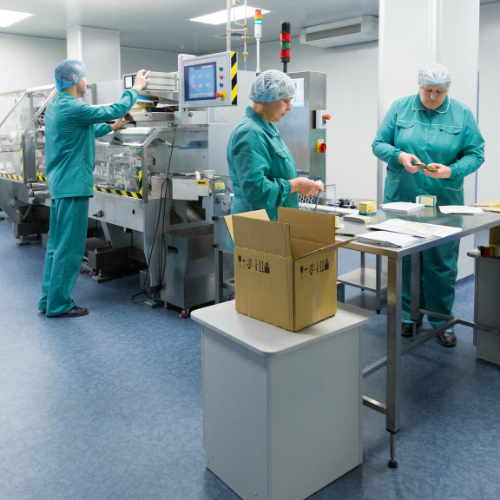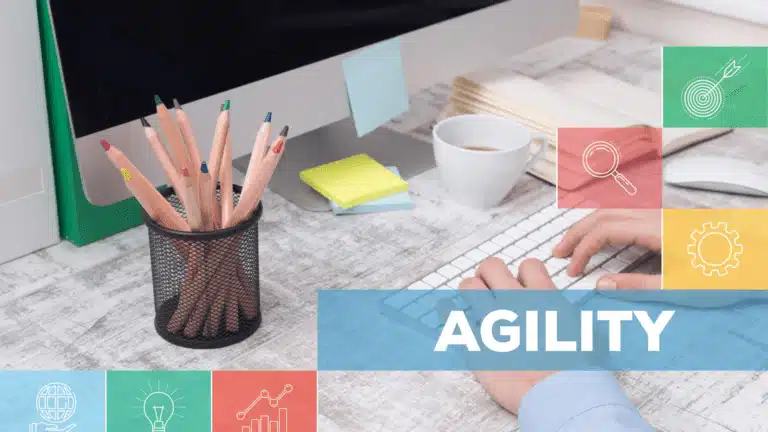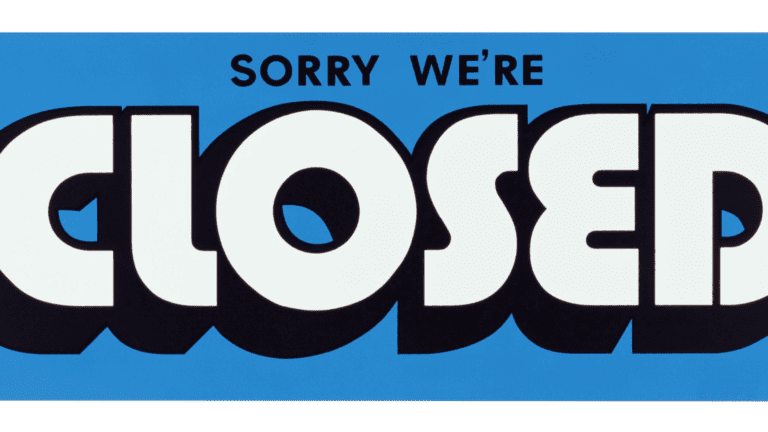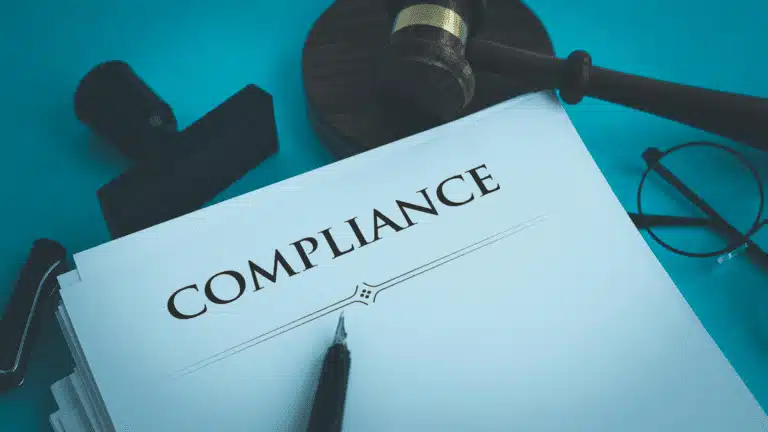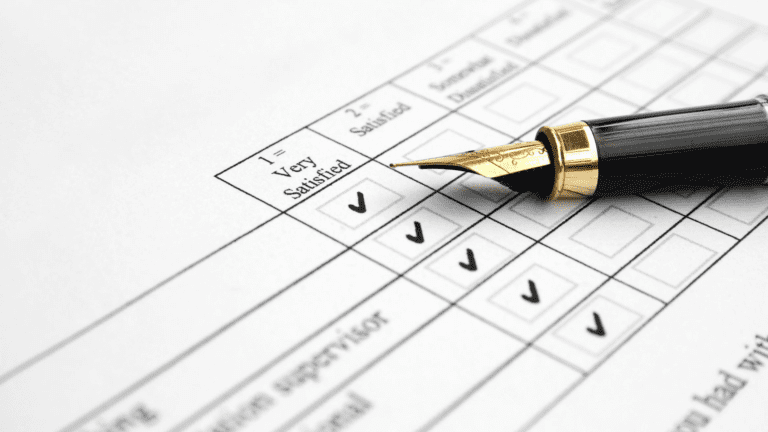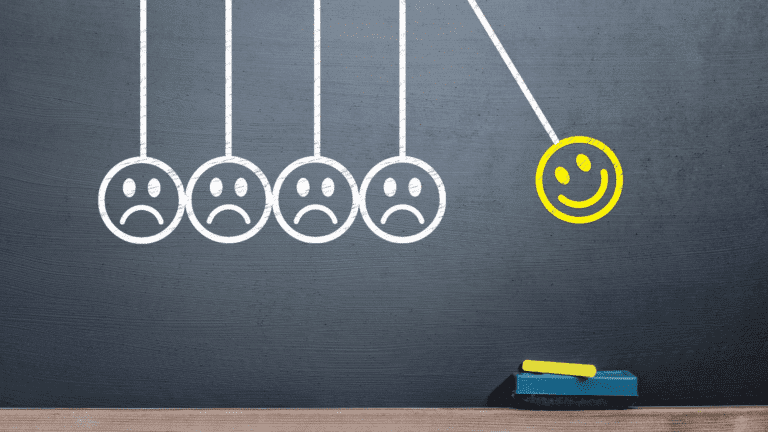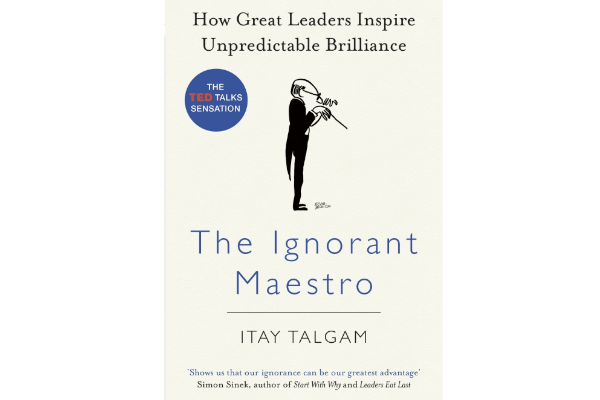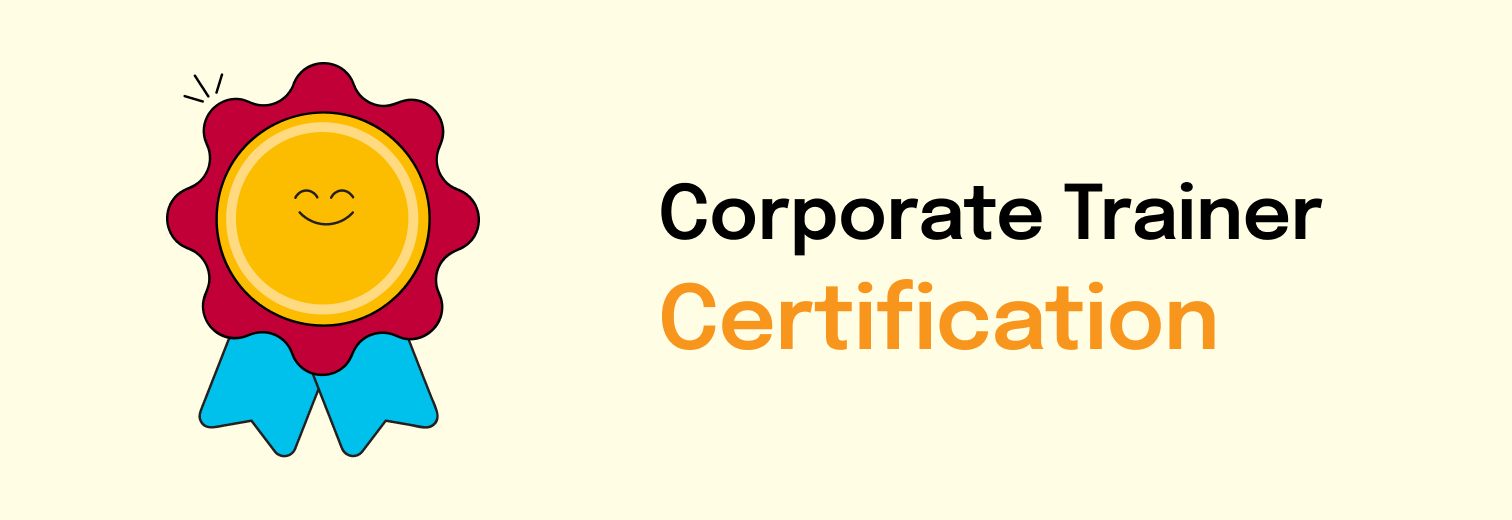If you have watched the movie ‘Pursuit of Happyness’, you would definitely recall the image of Chris Gardner, hauling a huge medical device – a portable bone density scanner – from one hospital to the other. He is often running between them and facing some very tough questions from potential clients.
Phew! It’s not an easy life.
Imagine one of your best representatives – he is waiting for hours to meet a doctor to introduce a new drug. He has gone through all the details of the drug just a couple of days back and is all prepared to introduce it to the medical practitioners he is about to meet with. He even manages to make a good presentation and walks out a happy man.
However, later in the day, when he meets a colleague for lunch – another rep constantly on the run, he realizes that he has missed mentioning a couple of side effects of the drug in this meeting. Unfortunately, he had missed catching up on the email updates that had come up the day before.
This unfortunate event (and often v disastrous event) falls under, what is known as ‘stale details’ – where the field force does not have a piece of critical or updated information, just when they need it.
In the movie Pain Hustlers (2023), you’ll recall Emily Blunt’s character navigating the world of pharma sales—balancing tight schedules, rapidly changing drug info, and sky-high performance expectations. For those of us working with teams in the pharmaceutical industry, that portrayal hits close to home.
The pharmaceutical industry is immensely complex and volatile. It is among the most dynamic — and demanding — industries when it comes to learning and development. Rapid advances in technology, healthcare systems, changing patient expectations, continuously evolving government regulations, and intense competition create some unique challenges for the learning and development function.
The Need for Constant Agility
Table of Contents
This industry is knowledge-intensive and evolves at lightning speed. What you train people on today might be obsolete tomorrow. The challenge isn’t just keeping up — it’s staying proactively ahead. In our experience, agility means:
- Having learning platforms that are modular and easily updatable
- Using microlearning formats that can be tweaked quickly
- Ensuring trainers themselves are continuously learning
Related Read: Did you microlearn today?
Time Is a Luxury
Medical representatives are always on the move. Their schedules revolve around doctors’ availability — not their own. So, earning has to fit in the gaps between appointments. We’ve seen success using:
- Learning capsules under 10 minutes
- Email-based nudges and audio explainers
- Downloadable PDFs for offline access during travel
Related Read: 7 Practices To Enable Effective Microlearning
Availability vs. Accessibility
As one client put it: “We can’t pull people out of the field, but they still need to be trained.” The trick is to flip the traditional learning model. Instead of asking people to come to the training, take the training to them.
That could mean:
- Delivering learning through mobile-first platforms
- Allowing asynchronous access
- Making use of “in-between” moments: in waiting rooms, commute time, or even during lunch breaks
Compliance: Not Optional, But Often Dull
Compliance training is often seen as a checkbox activity. But in pharma, it can be a matter of life and death. In our work, we’ve realized that:
- Scenario-based storytelling works better than rule-dumping
- Gamified quizzes reinforce retention
- Push reminders (via email or mobile) help refresh compliance knowledge
And yes, always have an analytics dashboard to track who’s compliant and who isn’t.
Related Read: How to Effectively Use Microlearning As a Learning Tool for Your Organisation?
Keeping Costs in Check
Frequent updates mean frequent training refreshes — which can get expensive, especially with SCORM-based content needing scripting, recording, and re-integration.
Our approach:
- Build learning in low-cost, easily editable formats (like mobile learning through micro-learning or interactive PDFs)
- Use templated modules that can be refreshed without full redevelopment
- Train internal SMEs to make small updates themselves
Grabbing—and Holding—Attention
Reps today are exposed to constant digital noise. Emails, pings, calls, notifications — it’s endless. We’ve noticed that learning has to compete with everything else for attention. The most effective learning in pharma is:
- Visually engaging
- Concise
- Relevant to a current task
Related Read: Microlearning For Beginners
Measuring Effectiveness When Everyone’s On the Move
How do you measure learning success when there’s no classroom, no immediate feedback loop, and everyone is dispersed?
In our work, we rely on:
- Self-assessment checklists
- Application-based quizzes (not just knowledge recall)
- Manager scorecards and feedback loops
And one of the most powerful tools? Post-training huddles. These 15-minute team calls where reps share how they’ve applied something new — are gold for both managers and L&D teams.
Related Read: Microlearning For Beginners – Part 2
So, What Can We Do?
While the challenges in pharma learning are steep, they’re not insurmountable. And with the right mix of empathy, tech, and creativity — we’ve seen organizations truly transform their approach.
To summarize:
- Design learning that’s agile and responsive
- Meet learners where they are (literally)
- Don’t overload — opt for micro, mobile, and modular
- Make compliance engaging
- Prioritize easy-to-update formats
- Track learning through application, not just completion
And most importantly — listen to your learners. The field force often has the best insights into what works and what doesn’t. Incorporating their feedback builds trust and boosts adoption.
If you’re in L&D or HR in the pharmaceutical space, know this: the work you’re doing matters. You’re enabling reps to not just sell products — but to do so responsibly, confidently, and compliantly.
And if you ever feel stuck, remember — you’re not alone. We’re in this with you.
Would you like to brainstorm ideas for making your pharma training more impactful? Reach out. We’re always up for a good conversation — and a challenge.
Related Read: What Makes Microlearning Engaging & Impactful?
